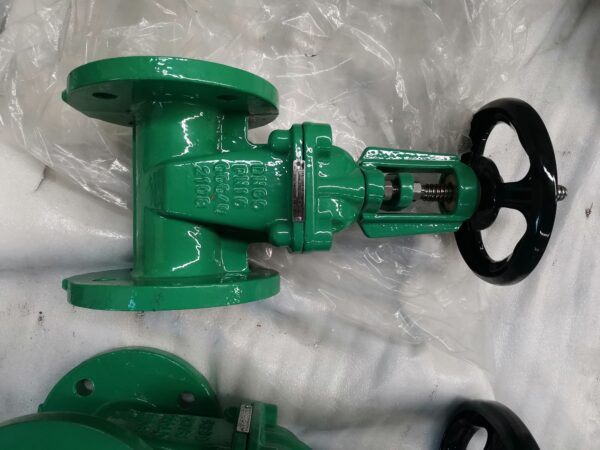Manual gate valves are generally suitable for a wide range of pressure applications, including low-pressure scenarios.
Here’s how they typically perform in such conditions:
- Positive Shut-off: Manual gate valves provide excellent shut-off capabilities even at low pressures. Their design, which involves a gate moving perpendicular to the flow, allows for tight sealing when closed, preventing any leakage even at low pressures.
- Minimal Pressure Loss: Gate valves offer low flow resistance when fully open, which minimizes pressure loss across the valve. This characteristic is beneficial in low-pressure applications, as it helps maintain adequate fluid flow rates without significant pressure drop.
- Ease of Operation: Manual gate valves are relatively easy to operate, requiring only a simple turning motion of the handwheel or handle to open or close the valve. This ease of operation remains consistent across different pressure ranges, including low-pressure environments.
- Reliable Performance: Gate valves are known for their reliability and durability. In low-pressure applications, where there may be less stress on the valve components, manual gate valves can exhibit even longer service life due to reduced wear and tear.
- Suitable for Low-Pressure Fluids: Gate valves are commonly used in applications involving low-pressure fluids, such as water distribution systems, irrigation systems, and certain industrial processes where the pressure requirements are relatively low.
- Potential Limitations: While manual gate valves generally perform well in low-pressure applications, it’s essential to consider their limitations. Gate valves may not be suitable for handling abrasive or corrosive fluids, as such conditions can lead to premature wear of the valve components and affect performance over time.
Overall, manual gate valves can provide reliable performance in low-pressure applications, offering positive shut-off, minimal pressure loss, ease of operation, and durability, provided they are selected and installed correctly for the specific application requirements. Regular maintenance and inspection are also essential to ensure continued performance and longevity.
